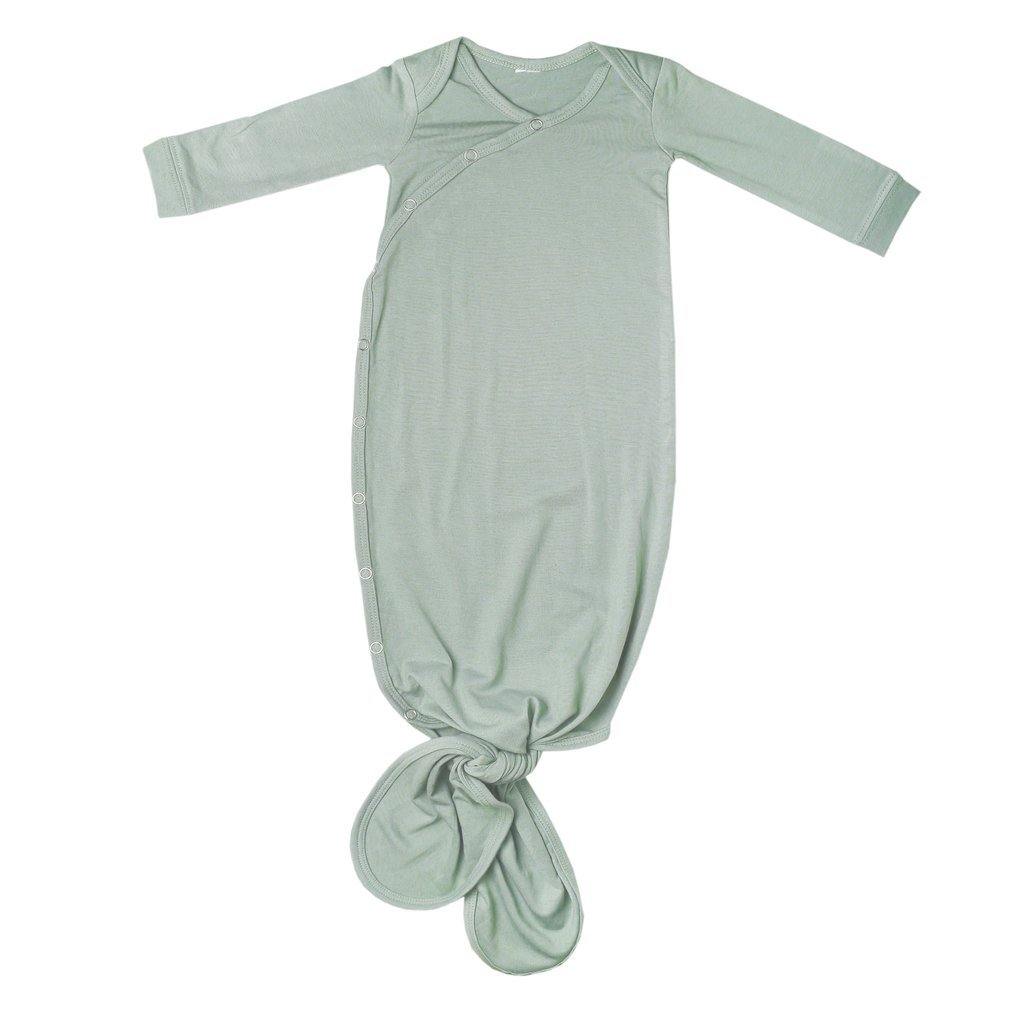What is every parent's worst nightmare? A car crash with babe in the back. The whole reason car seats are required is to make sure your child is as safe as possible in the event of a crash. But assuming you're the amazing parent that you are (duh), you've done your homework on the best seat for your babe and you've done your best to make sure it's installed correctly in your backseat. Once that's all done, how can you make sure your little love moves around as little as possible if you ever do end up in a collision?
1. Where's the seat?
Overall, the safest place for your child's seat is in the back (whether you're talking second or third row), away from any active airbags. Ideally, your babe's seat would be in the middle of the backseat to minimize movement and impact in the event of a side collision. If you need a reminder (which I'm sure you don't), never place your child in the front seat. An airbag activating directly behind your child's head could be more damaging than an actual collision. If you're like our family, you're not feeling the middle seat install. Turns out our son's carseat was much more stable, and moved less, when installed behind the passenger-side seat. Better to have a proper, stable install than to have him in the middle.

2. How is your child positioned?
This is where I'm going to tell you NOT to turn your child around too early. Don't turn your child around too early, please. I know. I KNOW. It is so tempting to want to turn your little buddy around so they're facing forward and it's easier to hand them french fries from the driver's seat, and make sure they're still your smiling little love. But, your child is SO much safer when they're rear facing (like 5 times safer) in every type of crash. Experts recommend having your child facing back (yes, regardless of weight or height) until age 2. Depending on the size of your child and your car seat, some children would be comfortable and more safe rear facing up to age 4.3. Have you installed the carseat too loose/tight?
Something that every parent has to do at some point is install a car seat. Yes, you can definitely wait until your husband gets home to make sure he pulls on those lap belts as tight as he can so that seat doesn't move an inch (guilty). However, is that really the best thing to do? When I was researching for this post, I found out you can actually pull the seat too tight. Generally speaking, most seats have latch attachments to hook to the seat of the car, and a belt path to string the seat belt through. When you're installing your child's car seat, you want to have less than once inch of movement on either side when you pull with your non-dominant hand near the belt path. Give it a good handshake, and if it moves more than an inch, go ahead and pull it tighter and keep testing. This ensures that your child's belt isn't stretched so tight that it has the possibility of snapping or breaking from the force of a crash.

4. Is my babe safely buckled in?
Your child's shoulder straps need to be at the correct height, depending on their seat's positioning. If they are rear-facing, the straps should be level with, or just below the child's shoulders. If they are forward facing, you want to make sure they are just above the shoulders. The difference in height (depending on their position) will ensure that your child won't slide along the car seat's back exposing their head and neck. Once your babe is buckled, go ahead and pull those straps nice and tight. It's going to be close to impossible to over-tighten these straps. As long as you have the straps set to the right height, it should still be comfortable for your little one. Place the shoulder buckles at armpit level to reduce impact on the stomach or collarbone. Another thing to keep in mind is to avoid dressing your child in bulky clothes when they're in their carseat. Coming from California, I know that's easy for me because my babe is never in a heavy coat. But, if you are in an accident, your child's bulky clothes can actually reduce your car seat's effectiveness, and can make it easier for them to slide up or out of their straps. Plus, they're not actually strapped as tightly under all those clothes! You should also get in the habit of loosening the straps every time you unbuckle babe to make sure you're tightening correctly each time they're strapped in.







